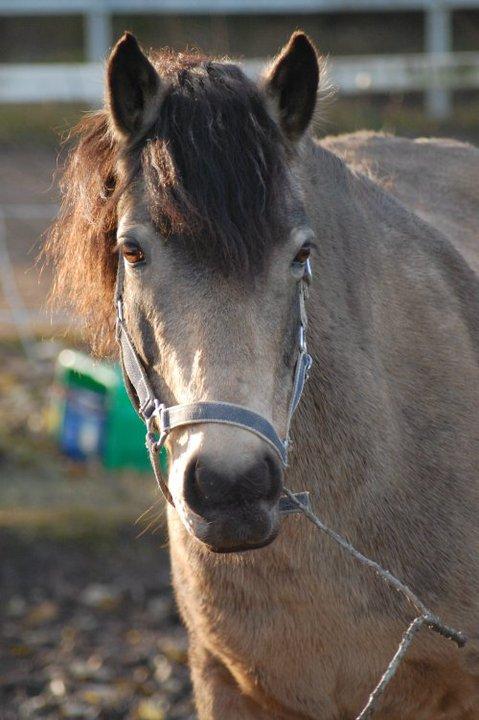Summary
How horses communicate and detect cues from humans has been studied previously. However, to our knowledge, this is the first study to test whether the individuals that seek human contact are the same individuals that can solve a detour by watching a human demonstrator. 22 horses and ponies participated in the two experiments. The problem solving experiment investigated how horses communicate with an ignorant human when faced with an unsolvable task. In a second experiment, the same horses were tested whether they could learn a detour task by observing a demonstrator. In addition to information about sex and age, the staff of the stable was asked to fill in a horse personality questionnaire (HPQ) and rank the dominance of all participants. The results indicated that horses that did succeed in the detour test did not seek significantly more contact with the human in the problem solving experiment. However, horses did in general increase the time spent close to a human when faced with a problem but they did not seem to get helped after watching a human demonstrator solving a detour task. Age, rank, size, sex and personality did not have a major impact on the horse’s performance, but gelding and ponies showed significantly more social behaviour than mares and horses. The personality traits Anxiousness and Excitability both correlated negatively with looking at human in the problem solving experiment and task-oriented behaviour in the detour test.

Responsible for this page:
Director of undergraduate studies Biology
Last updated:
05/18/18
